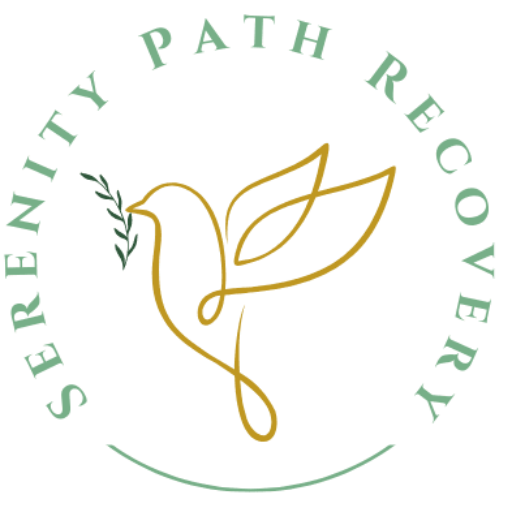The Differences Between Rehab for Teens vs. Adults
TL;DR: Rehab for teens and adults differs in structure, therapy style, and family involvement. Below you’ll find how development, environment, and co-occurring mental health challenges influence recovery and how to choose the right program for long-term success.
Getting over an addiction is different for everyone, especially kids and adults. Different age groups have different emotional, mental, and environmental difficulties that determine how well treatment works. Families and individuals can choose the right program for long-term success if they know about these differences.
Variations in Development That Influence Treatment
Teenagers and adults handle stress, relationships, and life in different ways. Teenagers are still growing emotionally and neurologically, which means they are still learning how to control their emotions and make judgments. Because of this, many treatment programs for teens include more family involvement, aid with education, and therapy with peers that focuses on improving social and coping skills.
But adults often have addictions that stem from things like long-term habits, trauma, or stress from work and family life. Their programs normally include behavioral therapy, mental health care, and measures for preventing relapse that help people achieve a balance between getting better and being an adult.
The Importance of Family and the Place You Live
Family is a big deal in teen treatment. Most teens go back home after treatment, so family therapy teaches parents how to set limits, communicate to their kids, and keep them from going back to drugs at home. Adults don’t have to go to family therapy, but it can still assist, especially when trying to rebuild trust with partners or kids who have been hurt by drug use.
There are also substantial disparities in how the environment affects people. Teen programs may have schoolwork, specific times for activities, and supervised recreation. Getting people back to their normal life, getting them ready for work, and teaching them how to live on their own are all extremely important parts of adult rehab programs.
Therapies Used
Cognitive Behavioral Therapy (CBT) and Dialectical Behavior Therapy (DBT) are both evidence-based therapies that can help both groups. However, the way they are delivered is often depends on age. Teen therapy could incorporate art, music, or athletics to make the sessions more authentic and fun. Adults often go to individual counseling, trauma therapy, and 12-step or life skills programs to help them stay sober for a long time.
Managing Co-Occurring Disorders
People in both groups often experience mental health issues at the same time, including anxiety, depression, or ADHD, but they show themselves in different ways. Teen therapy often helps teens learn how to handle their feelings and improve their sense of self. On the other hand, treatment for adults may benefit people who have had long-term mental health difficulties or trauma that hasn’t been dealt with.
How to Pick the Right Program for You or Someone You Love
The best rehab center for persons of all ages gives each person the care they need. Teen programs should include support with schoolwork, peer mentoring, and a lot of family involvement. Adult programs should focus on helping people feel better about themselves by combining mental health care, minimizing relapse, and employing holistic methods.
In the end, both children and adults can remain sober for their whole lives if their therapy addresses their cognitive, emotional, and social needs.


